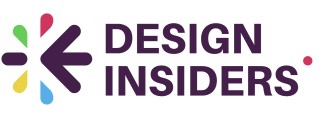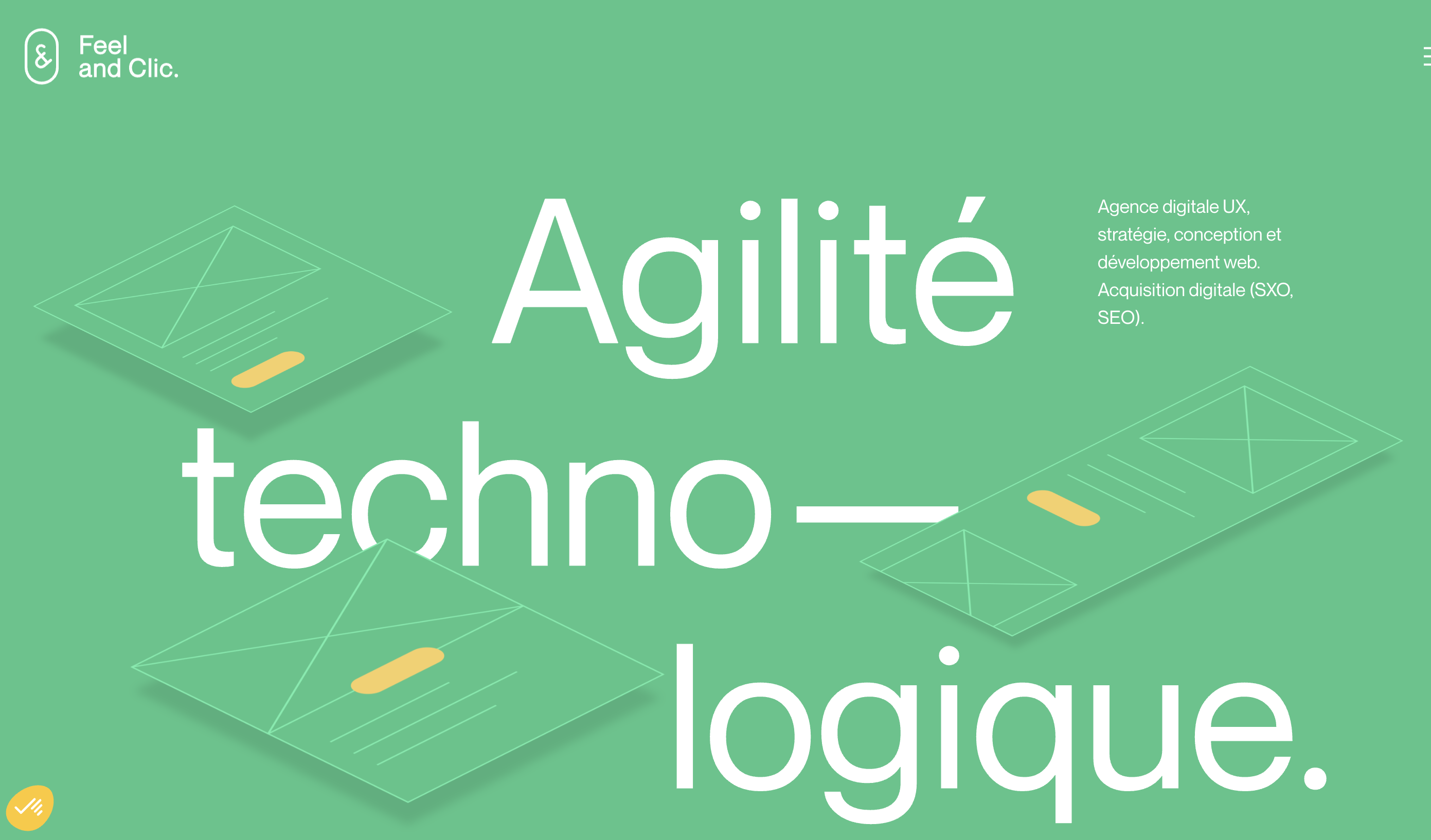Understanding the Basics of UX Design Treatments
Defining UX Design Treatments
Understanding the intricacies of UX design treatments is essential for anyone aiming to enhance user interfaces or improve user experience in diverse sectors like healthcare. These treatments are essentially a collection of applied methodologies and techniques aimed at refining the user interaction with an interface over time. By focusing on critical aspects such as usability, product design, and user interfaces, these treatments help create more intuitive and user-friendly designs. UX design treatments embody a problem-solving process, where designers delve into various studies and data to address prevalent issues within an app or system interface. This methodical approach is not only about transforming aesthetics but also about improving functionality and accessibility, all while ensuring that user needs are met efficiently.Importance of User-Centered Design
In the transformation of any digital product, the value of a user-centered design cannot be overstated. When focusing on the user experience, designers meticulously evaluate how a user interacts with the product's interface, and how the design can be optimized to maintain user engagement. In systems like healthcare, where interface usability is paramount, this approach ensures that the end product not only meets but exceeds users' expectations. As we delve deeper into case studies and explore the evolution of UX design treatments, we grasp the significance of a user-first attitude. By continuously iterating upon design versions and collecting user feedback through user testing, designers help enhance a product's performance and acceptance in the market. For more insights on how case studies have been instrumental in transforming digital design, you can read about them on this blog, which provides a comprehensive view of their impact in the design field.Historical Overview: How UX Design Treatments Have Evolved
The Development Trajectory of User Experience Design
The journey of UX design treatments is marked by a fascinating evolution, characterized by its adaptation to changing user needs, technological advancements, and industry demands. Initially, the focus was primarily on improving the usability of products, ensuring that user interfaces were more intuitive and easier to navigate. As digital interactions became more complex, so did the necessity for a comprehensive approach to interface usability.
In earlier forms, product design emphasized functional aspects. Designers aimed to create an intuitive user experience that required minimal user instruction and intervention. This was a period where the primary challenge was to transition from a technology-oriented perspective to one that was more user-centric. Gradually, studies in user behavior and interface interactions have proven instrumental in laying a foundation for enhancing the user interface across various domains, including the healthcare industry.
With advances in technology, notably the onset of the digital age, there was a shift towards more refined and critical design processes. Data-driven insights and user testing started playing pivotal roles in the design process. Behavioral analysis in UX/UI design offered profound revelations that helped tailor products to meet specific user needs effectively. The healthcare industry, for instance, witnessed significant transformations as systems were designed to ensure seamless interaction, improving both accessibility and overall user satisfaction.
The digital realm invited a transition to modern UX practices. The rise of mobile apps and the expectation for real-time user engagement led to design innovations that prioritized dynamic interaction over static interfaces. In this context, allowing users the freedom to have personalized experiences became a central pillar of design methodologies.
Through case studies and accumulated research, designers have continually iterated upon previous versions of systems and products. These revisions have proved invaluable in pushing the boundaries of what a user-friendly interface can achieve within the ever-growing demands of modern digital healthcare solutions.
Case Study: A Deep Dive into a Successful UX Design Transformation
Transforming User Experience in the Healthcare Industry
In the dynamic world of digital healthcare, a successful UX design transformation can significantly enhance user experience, making it more intuitive and user-friendly. This case study focuses on an app designed for the healthcare industry, aiming to improve the interface usability and overall user satisfaction.
Problem Statement and Initial Challenges
The initial version of the app faced several challenges. Users reported difficulties in navigating the user interface, which was cluttered and not intuitive. The primary problem was the app's inability to efficiently present health data, leading to a frustrating user experience. Designers needed to rethink the design process to address these issues effectively.
Design Process and Implementation
To tackle these challenges, the design team conducted extensive user testing and gathered valuable feedback from healthcare professionals and patients. The goal was to create a more streamlined interface that allowed users to access information quickly and effortlessly. By focusing on interface design, the team introduced a new version of the app that prioritized simplicity and clarity.
Innovative Solutions and Outcomes
The redesigned app incorporated several innovative approaches. Key changes included a cleaner layout, improved navigation, and personalized user interfaces that adapted to individual user needs. These modifications not only enhanced the usability of the system but also helped in reducing the time users spent on tasks, ultimately improving the overall user experience.
Impact on the Healthcare Industry
The transformation led to a significant increase in user satisfaction and engagement. The app's new design was praised for its ability to present complex health data in a comprehensible manner, thereby empowering users and healthcare providers alike. This case study highlights the importance of a well-executed UX design transformation in the healthcare sector, setting a benchmark for future case studies.
Challenges in Implementing UX Design Treatments
Overcoming Obstacles in UX Design Implementation
Implementing UX design treatments can often be a daunting task, riddled with its own array of challenges. These can vary from aligning the design vision across teams to ensuring a seamless transition in systems within the fast-paced healthcare industry. Understanding these hurdles is crucial to facilitating a smoother design process.
One common issue is the resistance to change within an organization. When a new user interface or product design is introduced, healthcare professionals and users accustomed to the current system may find it challenging to adapt. This is where designing a user-friendly interface plays a pivotal role in helping ease the transition for users.
Another challenge arises from the need for continuous user testing. In an industry where user experience is paramount, thorough usability studies are essential. Designers must gather data about how users interact with the system and identify pain points. This information is crucial to iterating upon and improving the next version of the interface to ensure it meets the needs of users effectively.
Usability studies should not only consider the design interface but also the overall user experience. The usability of a digital product can make or break its success, especially in sectors like healthcare where users depend critically on efficient systems. Therefore, conducting a detailed case study on user interactions is vital to understand how well the interface allows users to achieve their intents.
Resource constraints can also be a stumbling block. Often, designers may find themselves with limited resources in terms of both time and budget, making it harder to deliver a refined product. Navigating these limitations requires creativity and communication skills to articulate a problem statement clearly and work collaboratively with teams to optimize the design process.
Despite these challenges, successful UX transformations have been documented through case studies. By investing time in understanding these obstacles and learning from past design case examples, design teams can foster solutions that streamline the usability and user experience significantly.









